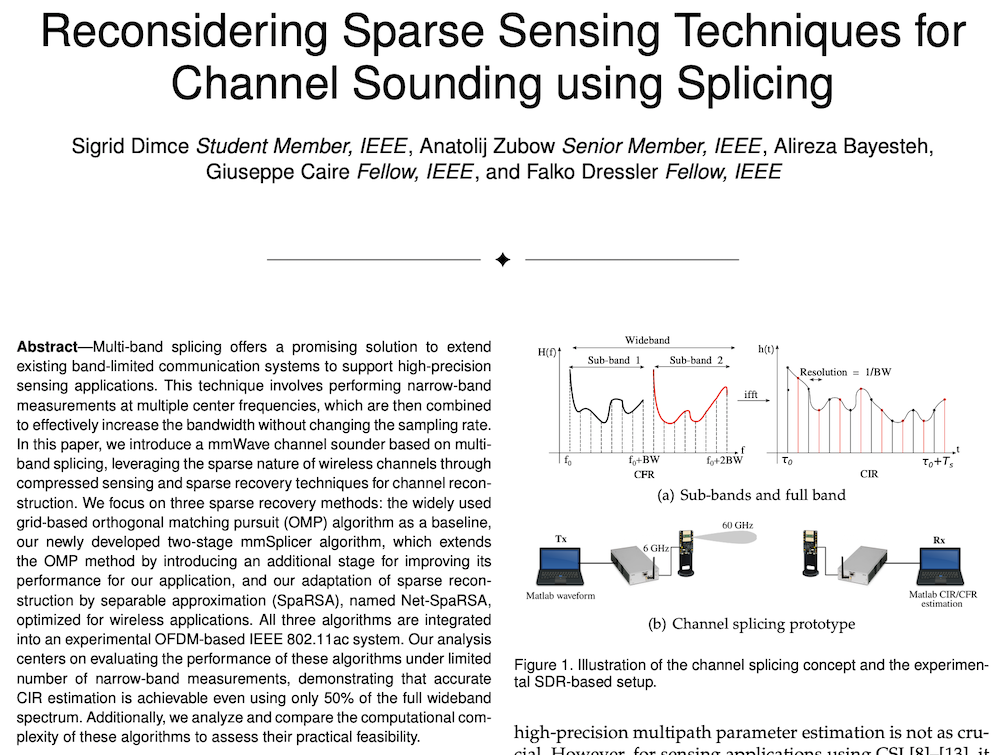Literature Database Entry
happ2017gateway
Daniel Happ and Adam Wolisz, "Towards Gateway to Cloud Offloading in IoT Publish/Subscribe Systems," Proceedings of 2nd International Conference on Fog and Mobile Edge Computing (FMEC 2017), Valencia, Spain, May 2017, pp. 101–106.
Abstract
It is not uncommon today that sensor devices connected to the Internet solely send their data to Cloud-based servers for storage and processing. This does not only mean clients requesting data have to contact the Cloud-based service, even if the data is available in the local network, but also that data is sent to external services with unknown or ambiguous privacy policies. The great potential in using closer to the edge fog computing instead of Cloud computing to both enable faster and more privacy-aware processing locally has been recognized in the research community. In particular, on premise smart gateways can provide local low-latency storage and processing capabilities that are controlled locally and can be trusted. In this work, we outline a combined fog Cloud system that automatically selects a suitable execution location for processing tasks. We emphasize on the design challenges of such a system and further demonstrate a solution for the interplay between Fog and Cloud by showing how processing task can be migrated from one system to another on the fly without service interruption.
Quick access
Original Version ![]() (at publishers web site)
(at publishers web site)
Authors' Version ![]() (PDF on this web site)
(PDF on this web site)
BibTeX ![]()
Contact
BibTeX reference
@inproceedings{happ2017gateway,
author = {Happ, Daniel and Wolisz, Adam},
doi = {10.1109/FMEC.2017.7946415},
title = {{Towards Gateway to Cloud Offloading in IoT Publish/Subscribe Systems}},
pages = {101--106},
address = {Valencia, Spain},
booktitle = {2nd International Conference on Fog and Mobile Edge Computing (FMEC 2017)},
month = {5},
year = {2017},
}
Copyright notice
Links to final or draft versions of papers are presented here to ensure timely dissemination of scholarly and technical work. Copyright and all rights therein are retained by authors or by other copyright holders. All persons copying this information are expected to adhere to the terms and constraints invoked by each author's copyright. In most cases, these works may not be reposted or distributed for commercial purposes without the explicit permission of the copyright holder.
The following applies to all papers listed above that have IEEE copyrights: Personal use of this material is permitted. However, permission to reprint/republish this material for advertising or promotional purposes or for creating new collective works for resale or redistribution to servers or lists, or to reuse any copyrighted component of this work in other works must be obtained from the IEEE.
The following applies to all papers listed above that are in submission to IEEE conference/workshop proceedings or journals: This work has been submitted to the IEEE for possible publication. Copyright may be transferred without notice, after which this version may no longer be accessible.
The following applies to all papers listed above that have ACM copyrights: ACM COPYRIGHT NOTICE. Permission to make digital or hard copies of part or all of this work for personal or classroom use is granted without fee provided that copies are not made or distributed for profit or commercial advantage and that copies bear this notice and the full citation on the first page. Copyrights for components of this work owned by others than ACM must be honored. Abstracting with credit is permitted. To copy otherwise, to republish, to post on servers, or to redistribute to lists, requires prior specific permission and/or a fee. Request permissions from Publications Dept., ACM, Inc., fax +1 (212) 869-0481, or permissions@acm.org.
The following applies to all SpringerLink papers listed above that have Springer Science+Business Media copyrights: The original publication is available at www.springerlink.com.
This page was automatically generated using BibDB and bib2web.






